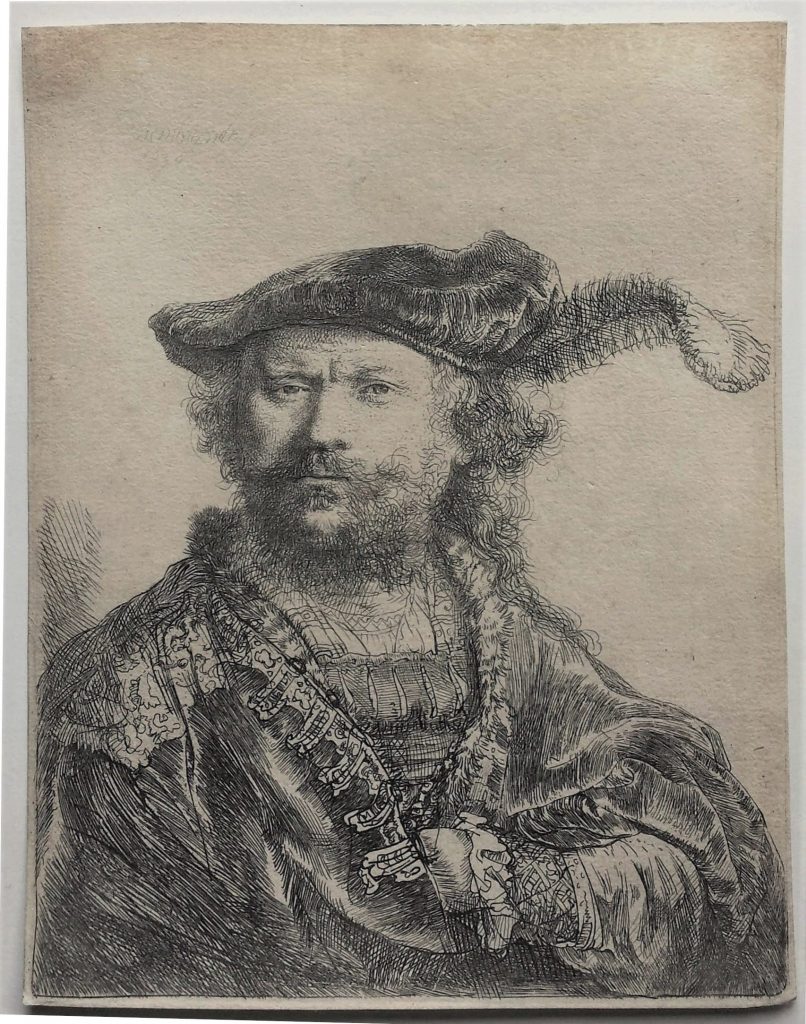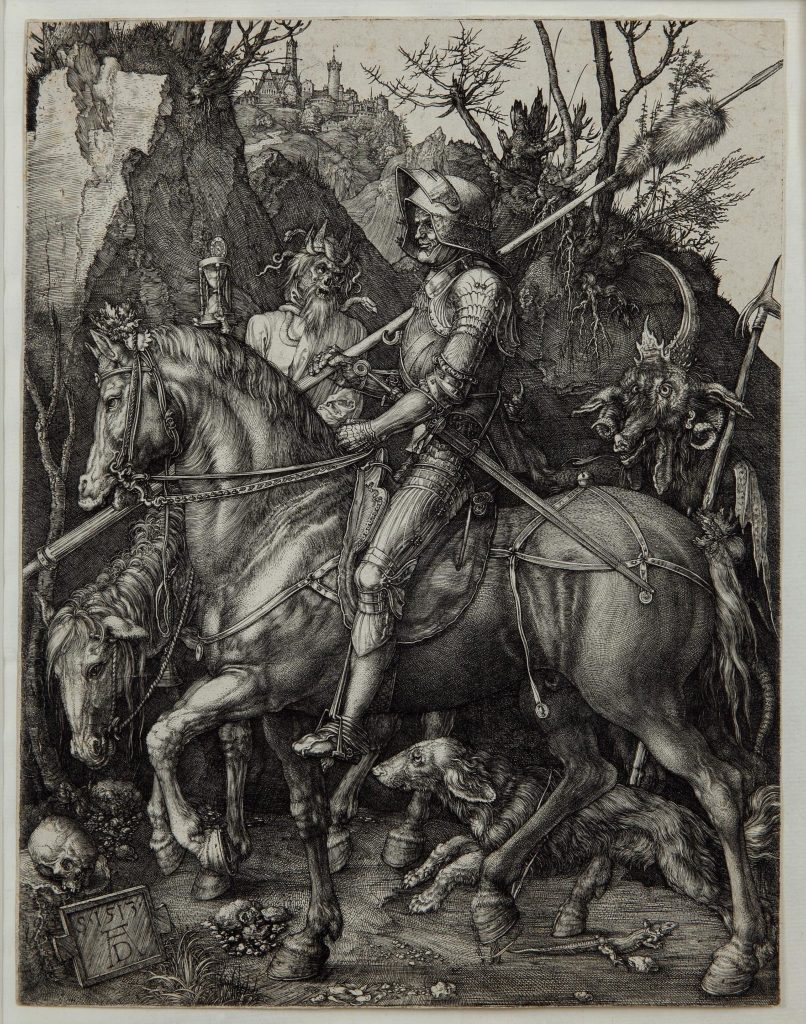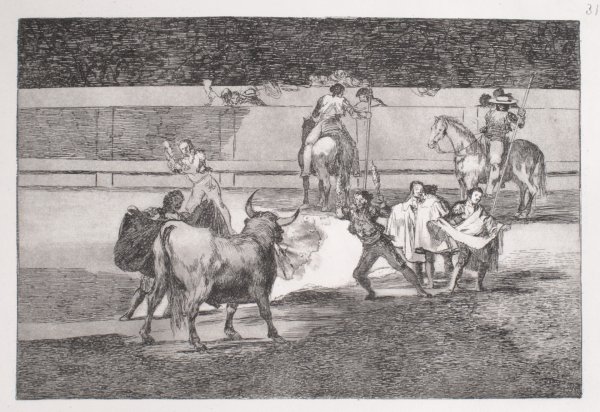Collecting Guide: Old Master Prints
What is the definition of Old Master prints? Essentially an Old Master is any printed image, of any technique created in Europe in the 600 years prior to the end of the 18th century or early 19th century. The works of the great graphic visionary Francisco Goya (1746-1828), who has been described as ‘the last Old Master and the first modern artist’, denotes the era’s end point.
How were the first Old Master prints made?
The first printed European pieces came about in the 14th century – by this time, China had already enjoyed a 1000-year-old printmaking tradition. For the Western world the idea of crafting images by printing, instead of by drawing or painting, probably came about due to textile production, and the practice of stamping repeat patterns on fabric.

When did engraving emerge as a technique and how did it evolve?
Engraving emerged across the several decades that followed. It occurred simultaneously, around the Upper Rhine and central Italy, in south-west Germany and in Switzerland, in the workshops of gold- and silversmiths. By rubbing surfaced with ink, they would create an impression of the incised ornamentation by holding it against a piece of paper. Most recently, metal plates were engraved specifically for creating images, and that many impressions of these images could be printed.
What are the key differences between woodcuts and engravings?
Woodcuts are relief prints, meaning the lines and surfaces that stand proud on the printing block constitute the image, while all blank areas need to be carved down. However, the opposite is true for engravings: they are intaglio prints, meaning that the image is the result of grooves cut into the metal plate, with the surface remaining blank. Aquatints, drypoints and etchings are all part of the latter category.

How did these respective techniques develop over time?
In the early days, the woodblock or engraved plate would simply be pressed onto or rubbed against the paper by hand. However, these processes were quickly completed by printing presses, particularly as demand grew and technology improved. Often, particularly in the case of famous printmakers such as Rembrandt and Dürer, the plates or blocks continued to be used for printing decades after the artist’s demise – sometimes well into the 19th or even 20th century.
How important is the question of when an Old Master print was made in terms of determining its value?
This is the key question. This is not a matter of authenticity or simple snobbery, but of aesthetic pleasure and quality.
The pressure of the press is massive and with each run through the press, the plate or printing block becomes worn. Very gradually, the fine ridges of a woodblock become flatter and break, in fact later impressions of woodcuts display gaps, with the lines becoming broader. The image is then more uneven and coarse.
How many good impressions of any one print could be pulled? This totally depends on the depth and quality of the engraving or cutting. Lucas van Leyden (1494-1533) for example engraved very lightly. This has meant that fine, early impressions of his prints are extremely hard to come by.

How can one determine the time a print was made?
It’s a question of quality, i.e how rich, clear and strong the image appears. However, printing quality is completely subjective as it depends on experience and judgment. Often there is hard evidence regarding chronology of the printing, as prints tend to exist in different ‘states’.
What can the paper tell us?
A lot of research has been carried out in determining the types of papers that different printmakers used during their careers. It is well documented, for example, that until about 1520 Dürer typically used paper with a watermark shaped like a Bull’s Head. However, early impressions of particular prints etched by Rembrandt through the 1640s have a Fool’s Cap watermark.
Beyond the date of printing and the quality of the impression, what other factors can affect the value of a print?
There are many factors with this, including the condition of the piece, how it has been preserved, how desirable it is and general taste. From the 17th century onwards, print collectors and dealers often marked their holdings with little stamps and inscriptions, generally on the back of the sheets.
How is the market changing?
While the big names like Rembrandt and Dürer remain notable market players in terms of the prices achieved and range of prints on offer, fine, early impressions of their work are now sadly hard to come by. However, they’re still popular amongst collectors and will always attract plenty of interest.
View all Old Master prints available from leading art dealers.
